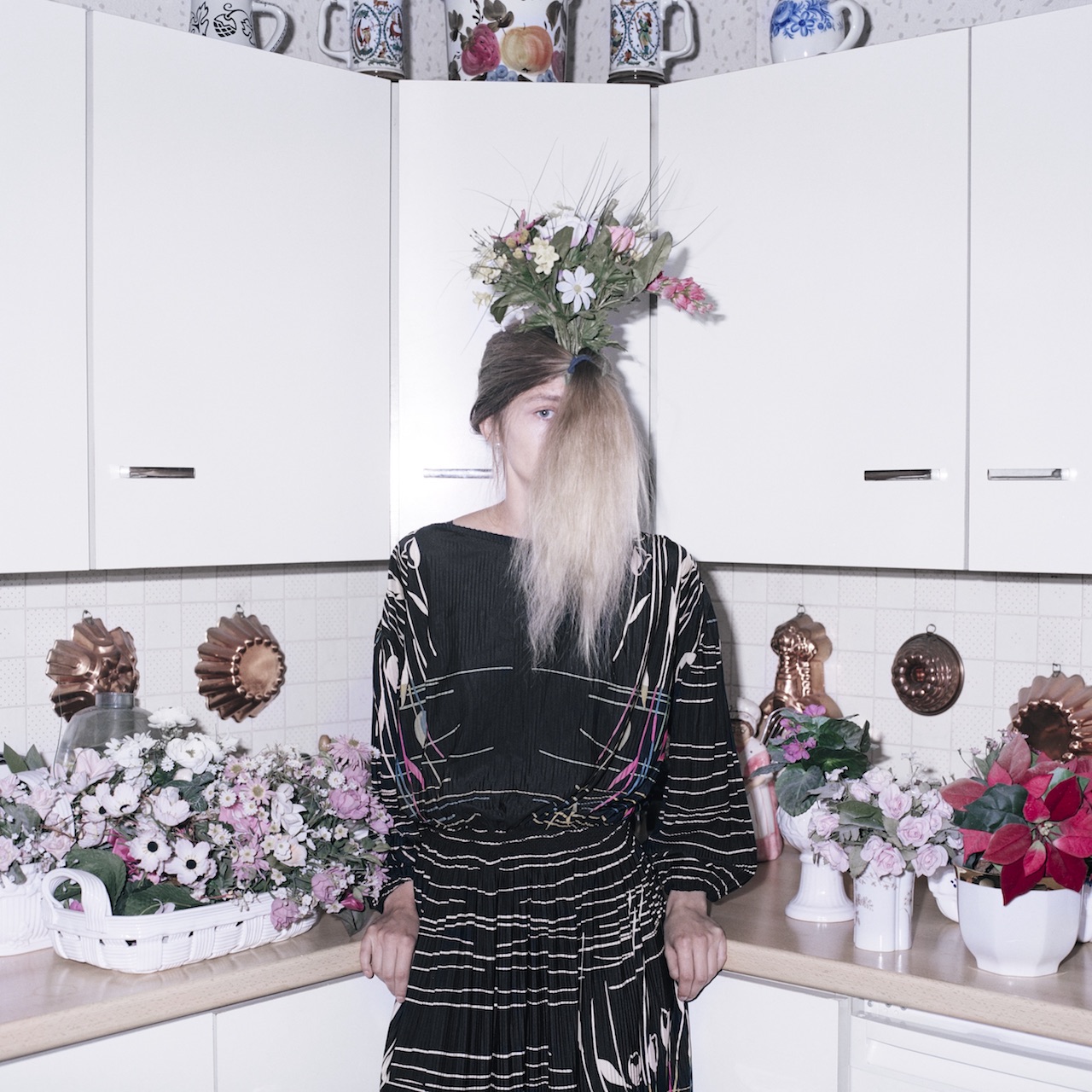After losing both grandparents in the space of a year, Nina Röder and her family were faced with the challenging task of sorting out and selling their house – and with it, the inescapable matter of letting go. Röder’s project, Wenn du gehen musst willst du doch auch bleiben, takes its name from a sage observation made by her nine-year-old nephew, Luis, while they were packing up the belongings. Roughly translated, it means: ‘When you have to leave but you still want to stay’.
The unresolvable question of how to grieve is one that follows every death. For many, the photographic act can be a way of thinking through and processing difficult times. During the two-week period before her grandparents’ house was sold, Röder photographed her family in it – sometimes posing in their clothes and with their belongings – archiving its distinct aesthetic before it disappeared forever. “I wanted to show a different way of dealing with grief and loss,” she explains. “By staging absurd scenes with my mum, cousin and brother, we found a strategy of how to say goodbye.”

In this case, the space in question is marked by history. Röder’s grandparents once lived in Bohemia, a historically Czech region that was home to many German-speaking minorities. The area was one of the first to be absorbed by the Nazis in the late 1930s and, during this period of occupation, Czech resistance was brutally suppressed. Once the Second World War ended, the majority of Germans were forcefully expelled at the hands of the re-established Czech government. Röder’s family were caught up in this movement of people, eventually settling in Windsbach in Germany.
“They lost everything and had to search for a new home,” Röder explains. “One element of their traumatic experience never left them: even as they built a new life, it was almost impossible for them to throw anything away.”
The house, which has been in the family for 60 years, displays this accumulation of objects which become props in Röder’s photographs. “For me, these rooms were like little stages,” she says. “The body on the ‘stage’ can be a medium for a message, whether it is an action which indicates a story or a pose that is more strange or abstract. The photographed body has the power to evoke an emotion.”
ninaroeder.de This article was first published in the March issue of BJP www.thebjpshop.com




